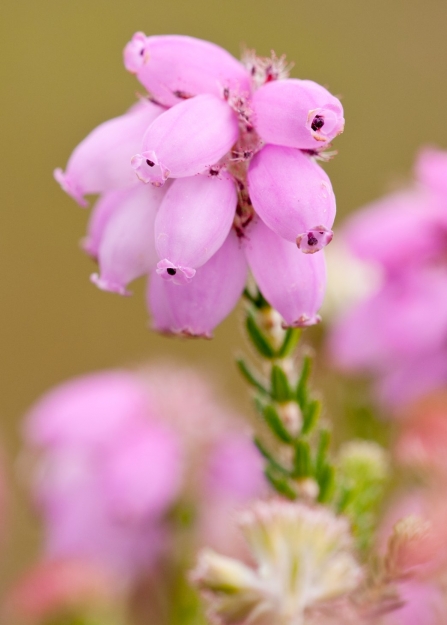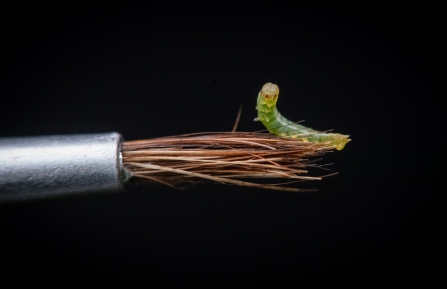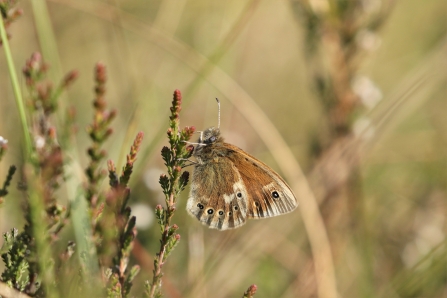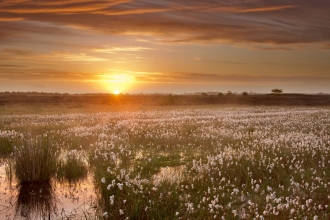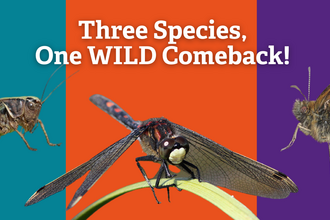The large heath butterfly is one of those specialist creatures that is able to call our peatlands home. It has evolved to survive in these acidic boggy landscapes, relying on the hare’s-tail cotton grass and cross-leaved heath that grows there for the food source of it’s caterpillars and adult butterflies respectively.
It was once a common sight fluttering around our region’s peatlands, being so numerous in the Chat Moss area of Greater Manchester that it was locally christened the Manchester argus.


